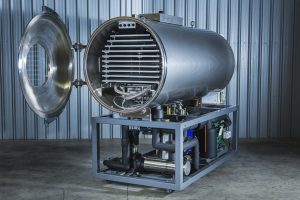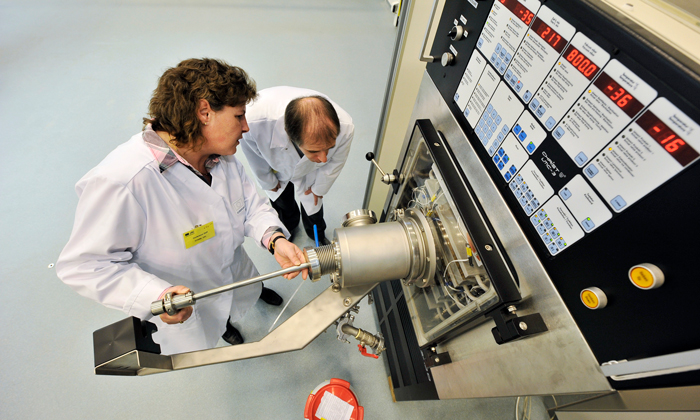The Importance of Freeze Drying in the Pharmaceutical Industry
Freeze dryer rentals for the Pharmaceutical Industry
When thinking of freeze drying, most of us turn our minds to food, with the most common examples being fruit found in granola and cereals as well as coffee. However, freeze drying also has its benefits within the field of medicine. In this article, we’ll be looking at why and how this method of preservation is used within the pharmaceutical industry.

What pharmaceutical products are freeze dried?
Typically, within the pharmaceutical industry, freeze drying is reserved for biological matter. However, with the expansion of freeze-drying practices in recent years, some medicines are also undergoing the same preservation process.
Examples of pharmaceutical materials most commonly freeze dried include vaccines and antibodies, proteins, plasma, viruses and bacteria, hormones, enzymes, as well as medicines including antibiotics and diagnostic medications.This, of course, is by no means an exhaustive list, as new applications for freeze drying and preserving matter in this way are being discovered and experimented with on a regular basis.
How are these Items freeze dried?
Also known within the industry as ‘lyophilization’, the pharmaceutical freeze-drying process is broken up into several distinct phases.
The first step in the process is freezing. The selected item is chilled to below zero degrees, and depending on the product in question, a variety of different freezing techniques may be applied. Next, the product moves onto ‘primary drying’. In this stage, all the ice existing within the item is sublimated. This is where something solid, in this case ice, turns into a gas without first becoming a liquid. Once the primary drying is complete, the sublimated product moves onto secondary drying. This is where the remaining moisture held within the item is removed as much as possible, resulting in a product that has been relieved of between 95 to 99.5% of its original moisture content. In many cases, this is the end of the freeze-drying process. However, depending on the object that has been preserved, additional after-treatments may be required to best preserve the sample.
Why freeze dry?
Freeze drying allows for the safe transportation and preservation of delicate biological matter. Freezing alone is costly, difficult, and can completely destroy the material if a freezing failure ensues. However, freeze-dried items do not need to remain in cold storage. This means they can be transported to far more locations, far more easily than frozen goods.
Freeze-dried products can also be easily rehydrated when needed, which is particularly relevant when considering that emergency vaccines and and antibodies are preserved this way. This means they can be administered in a much quicker timeframe than with other methods of preservation.
Finally, another key use of freeze drying comes within the field of research. Scientists working on developing cures and new beneficial treatments can more easily and reliably share their samples or findings with experts across the world if need be; again, without the fear of destroying the sample or incurring the expense caused by transporting a frozen material.
The Future of Biological Preservation
The application of freeze drying within the pharmaceutical industry has benefited scientists, pharmacists, and researchers in countless ways. Samples are able to be preserved safely for extended periods of time and can be ready swiftly when required, allowing access to potentially life-saving samples worldwide with relative ease.

